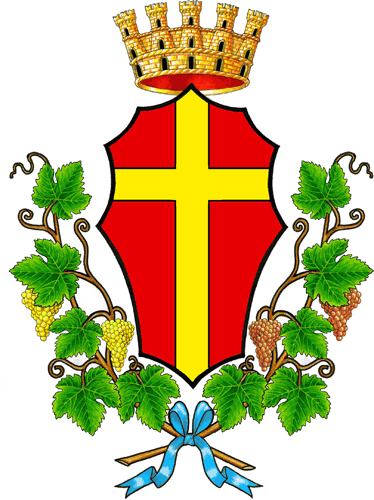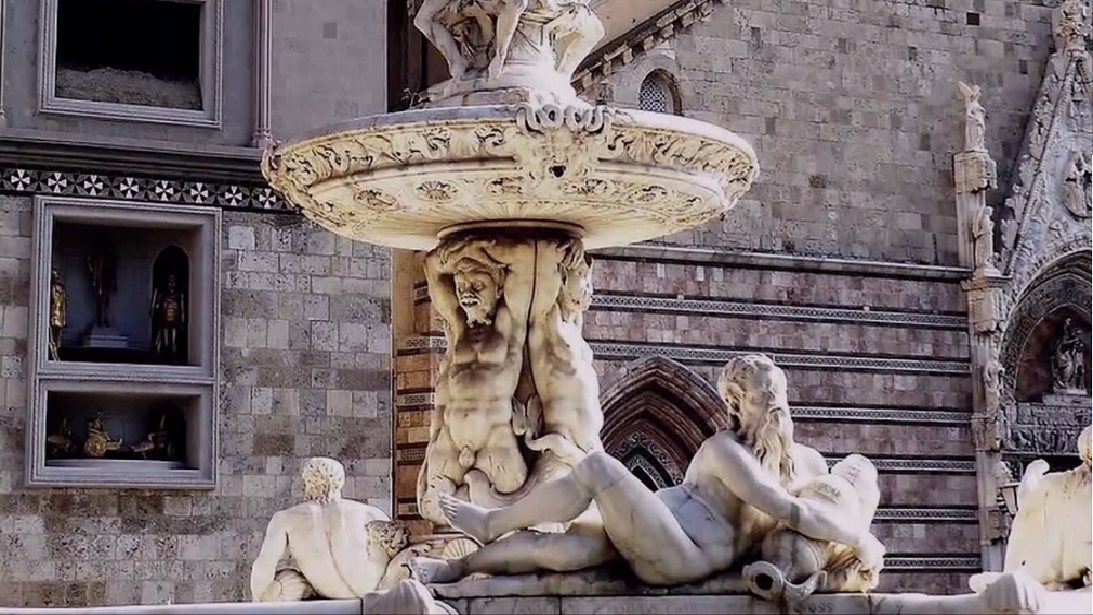

Sorge sulla punta nord orientale della Sicilia (Capo Peloro), si affaccia sullo Stretto di cui porta il nome ed è capoluogo di provincia.
Fu abitata ai primordi dai Sicani e poi dai Siculi che le diedero il nome di Zancle, cioè falce, per via del suo porto naturale che si estende a formare una falce, appunto. Successivamente fu abitata da Cumani e Calcidesi. Assunse il nome di Messene, dalla popolazione proveniente da Messenia che tra gli altri la ripopolò. Venne occupata dai Mamertini e poi dai Romani che la ribattezzarono Messana. Ma furono i Bizantini a nominarla Messina. Seguirono altri conquistatori: gli Arabi e i Normanni.
Nel 1130 vi fu la nascita del Regno di Sicilia; Messina divenne fiorente e in seguito fu capitale del Regno insieme a Palermo.
Nel 1674 si ribellò alla Spagna e perse tutti i suoi privilegi.
Un grave terremoto la colpì nel 1783.
Nel 1860, dopo la Spedizione dei Mille, entrò a far parte del Regno d'Italia.
Il ministro Giuseppe Natoli, eletto deputato al Parlamento Siciliano, con una mozione, il 31 marzo 1848, fece restituire a Messina il porto franco che i Borboni le avevano tolto.
La città subì però ulteriori devastazioni in seguito al terremoto del 28 dicembre 1908 ed ai bombardamenti della seconda guerra mondiale.
Nonostante queste ultime calamità la città venne ricostruita e presenta alcuni monumenti che destano l'interesse del turista, tra cui la Basilica Cattedrale di epoca bizantina e il suo nuovo campanile con un orologio astronomico meccanico del 1933, che alle ore 12 di ogni giorno intrattiene nella piazza antistante il pubblico, con i suoi meccanismi animati e i suoni che si espandono nell'aria.
Molte altre le attrattive; tra gli edifici religiosi: la Chiesa della Santissima Annunziata dei Catalani, la Chiesa Concattedrale del Santissimo Salvatore, la Chiesa di Santa Eustochia, la Basilica Santuario di S. Antonio di Padova, il Sacrario di Cristo Re dal quale è possibile ammirare uno splendido panorama dello Stretto, la Chiesa di S. Maria Alemanna e altre; tra gli edifici: il Teatro Vittorio Emanuele II (intitolato in origine a Santa Elisabetta), la Galleria Vittorio Emanuele III, il Palazzo del Monte di Pietà e altre costruzioni in stile Liberty ed eclettico. Quindi i monumenti dedicati a vari personaggi illustri ed altri ancora tra cui monumentali fontane.
Messina ospita la storica sede universitaria Studiorum Universitas fondata nel 1548 da S. Ignazio di Loyola.
Imponente è il suo cimitero monumentale nella zona centro sud della città.
Possiede anche un importante sede museale, il Museo Regionale di Messina, che accoglie reperti archeologici e opere di illustri artisti quali Gagini, Montorsoli, Mattia Preti, Caravaggio e altri.
Nel comune e considerando la presenza dell'importante porto naturale dove ogni anno attraccano anche imponenti navi da crociera si trova l'Autorità di Sistema Portuale dello Stretto, con il compito di gestire lo sviluppo delle infrastrutture dell'Area dello Stretto, che comprende tra gli altri pure il porto di Milazzo.
(English version)
It rises on the north-eastern tip of Sicily (Capo Peloro), it overlooks the Strait whose name it bears and it is the capital of the province.
It was first inhabited by the Sicanians and then by the Siculians who gave it the name of Zancle, that is sickle, because of its natural harbor that extends to form a sickle. Later it was inhabited by Cumani and Calcidesi. It took the name of Messene, after the people from Messenia who, among others, repopulated it. It was occupied by the Mamertines and then by the Romans who renamed it Messana. But it was the Byzantines who named it Messina. Other conquerors followed: the Arabs and the Normans.
In 1130 the Kingdom of Sicily was born; Messina became prosperous and was later capital of the Kingdom along with Palermo.
In 1674 it rebelled against Spain and lost all its privileges.
A severe earthquake struck in 1783.
In 1860, after the Expedition of the Thousand (Spedizione dei Mille), it became part of the Kingdom of Italy.
Minister Giuseppe Natoli, elected deputy to the Sicilian Parliament, passed a motion on 31 March 1848 to return the free port that the Bourbons had taken away from Messina.
However, the city suffered further devastation following the earthquake of 28 December 1908 and the bombings of the Second World War.
In spite of the latter calamities, the city was rebuilt and has a number of monuments that are of interest to tourists, including the Byzantine-era Cathedral Basilica and its new bell tower with a mechanical astronomical clock from 1933, which entertains the public at 12 noon every day in the square in front of it, with its animated mechanisms and sounds that spread through the air.
There are many other attractions; among the religious buildings: the Church of the Santissima Annunziata dei Catalani, the Co-cathedral Church of the Santissimo Salvatore, the Church of Santa Eustochia, the Basilica Santuario di S. Antonio di Padova, the Sacrario di Cristo Re from which it is possible to admire a splendid panorama of the Strait, the Church of S. Maria Alemanna and others; among the buildings: the Vittorio Emanuele II Theatre (originally named after Santa Elisabetta), the Vittorio Emanuele III Gallery, the Palazzo del Monte di Pietà and other buildings in Liberty and eclectic style. Then there are monuments dedicated to various illustrious figures and others, including monumental fountains.
Messina is home to the historic Studiorum Universitas university founded in 1548 by S. Ignazio di Loyola.
Its monumental cemetery in the centre-south of the city is impressive.
It also has an important museum, the Museo Regionale di Messina, which houses archaeological finds and works by famous artists such as Gagini, Montorsoli, Mattia Preti, Caravaggio and others.
In the municipality and in view of the presence of the important natural harbor where even large cruise ships dock every year, there is the Autorità di Sistema Portuale dello Stretto (Port System Authority of the Strait), with the task of managing the development of infrastructure in the Strait Area, which also includes the port of Milazzo